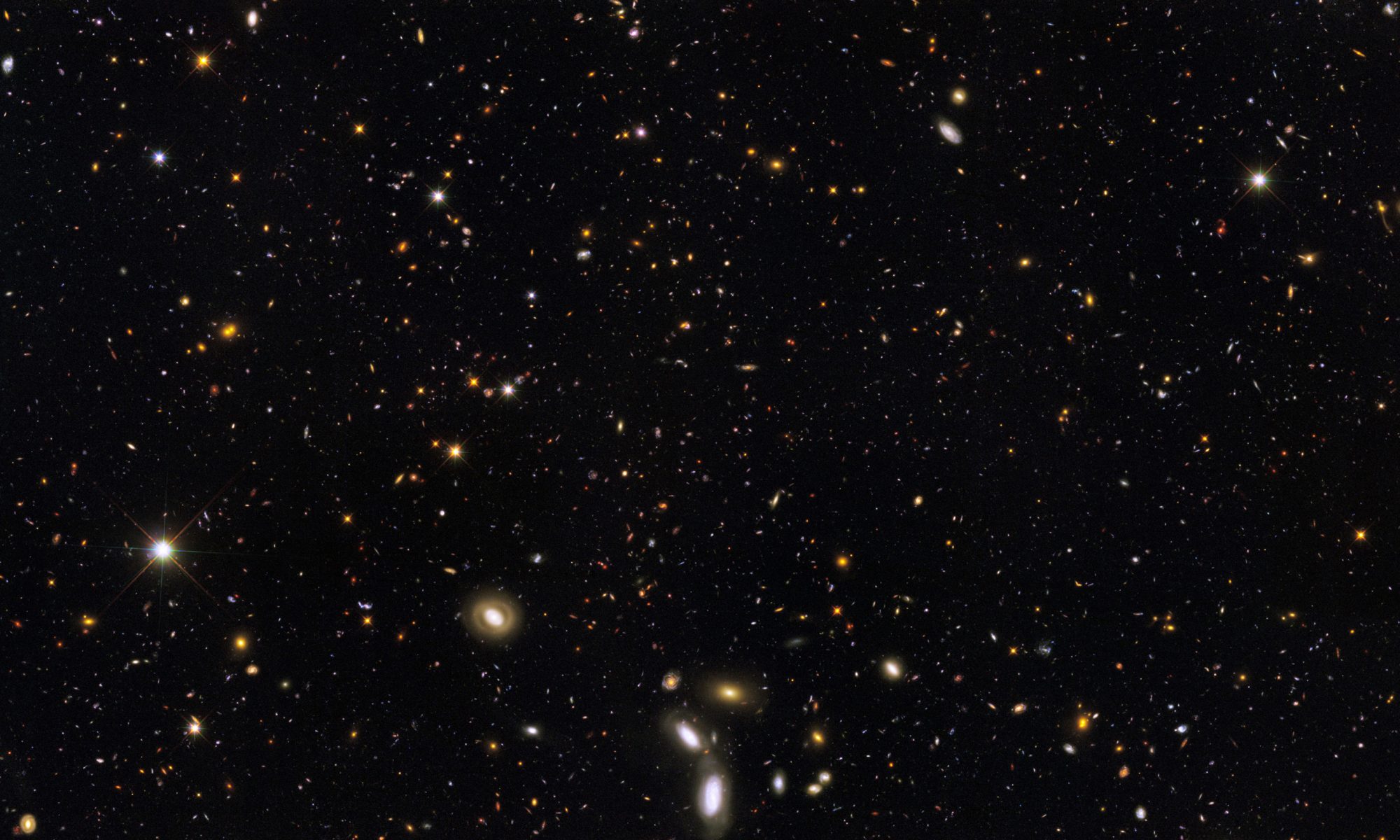Poetry moves. Successful poems contain a movement of some sort from one point to another, and this movement can be regulated by any number of devices to create a “logic” for the poem. Whether this logic offers clarity or obscurity is dependent on the poet, but the poet makes this decision. One of the most clarifying devices for movement is that based on the narrative structure, and it is also one of the oldest. The narrative traces its roots back to the oral tradition, in which a people’s history was translated from generation to generation by vocal memorization, often set to a language’s natural qualities. From “The Epic of Gilgamesh” through “The Odyssey,” “Beowulf,” and into contemporary poetics, the narrative structure has served to tell stories. Moving from A to B to C, a narrative structure often controls the movement of a poem in a logical and straightforward manner. Even in narratives in which the progression cannot necessarily be called logical, as in Mark Strand’s “The King” or Mary Ruefle’s “Full Moon,” the poet uses narrative to create an internal logic. Another common device for controlling the movement from beginning to end of a poem can be seen in the language the poet applies. In utilizing techniques such as rhythm, rhyme, syntax, and line breaks, the poet can control movement even without the imposition of a narrative structure. William Carlos William’s “This is Just to Say” presents a good example of this type of “logic,” or movement, with little imposition of narrative. ee cummings’ poem “loneliness” also exhibits this kind of control, primarily utilizing manipulation of syntax and semantics to effect movement in the poem through extreme deconstruction of the language. Poems which offer neither a primarily narrative structure nor a language-based structure can still present a movement from one point to another.
Continue reading “On the Control of Movement through Image, pt. 1”

